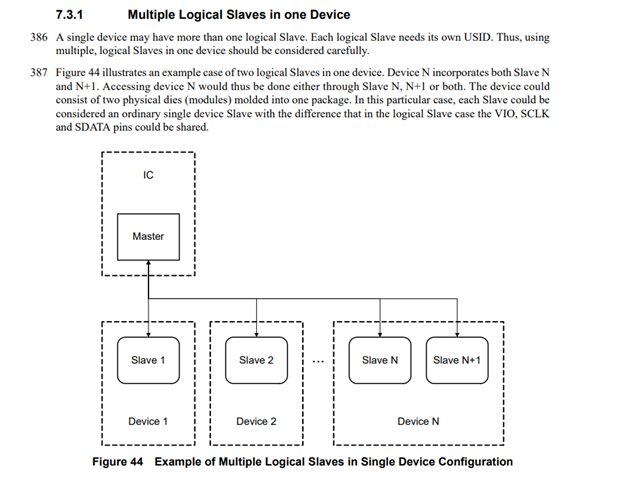The nRF91 Thingy uses a pair of SD8T RF switches to tune the chip antenna to different LTE bands (and for GNSS). This setup uses two identical RF switches and the MAGPIO pins. Unfortunately, it seems the QM12038 is now discontinued and there are no clear drop-in (or even just functionally equivalent) parts available.
Info Request: Are there any recommended replacements for the QM12038, or a reference design using another topology?
The option for derivative designs is either to change the tuning network design completely which will add to development times and may degrade performance, or to find a suitable replacement. All production SP8T switches I can find use RFFE, which appears to be the preferred control solution for IOT devices going forward.
RFFE control using the same topology would require two switches with different (or hardware configurable) addresses to allow R/W operations to both. The Infineon BGS18MA12 looks like a good option as the device can change its address based on the connection of the SCK and SDA lines. This allows two identical chips to be placed back-to-back on the same RFFE bus without an address conflict.
The problem with this is that the nRF9160 AT Command %XMIPIRFFEDEV and %XMIPIRFFECTRL can only automatically control a single switch, not the two required for the Thingy-style tuning network.
Feature Request: Add modem firmware support for multiple RFFE switches (with different addresses) to be set when the modem changes between bands/modes

